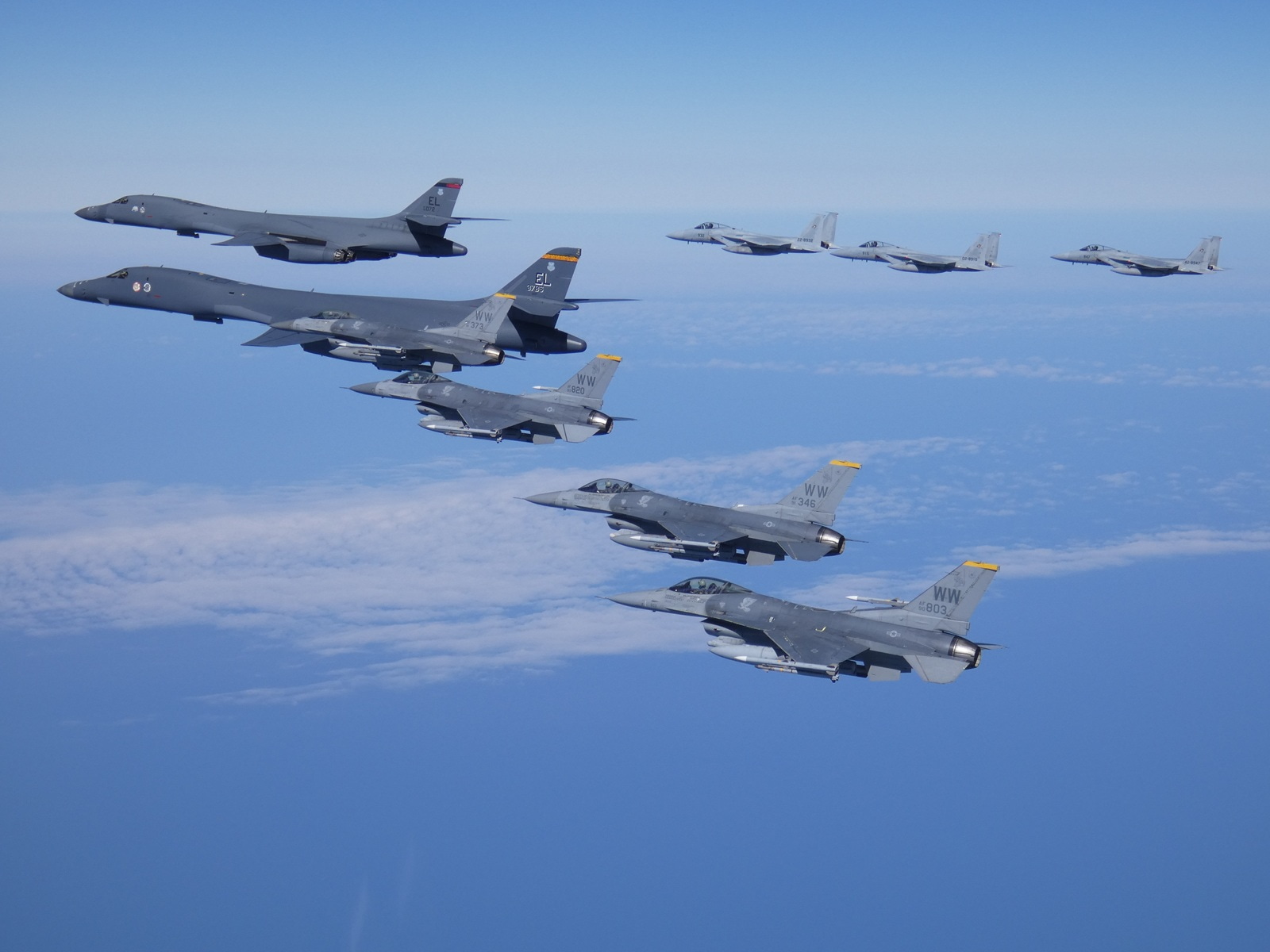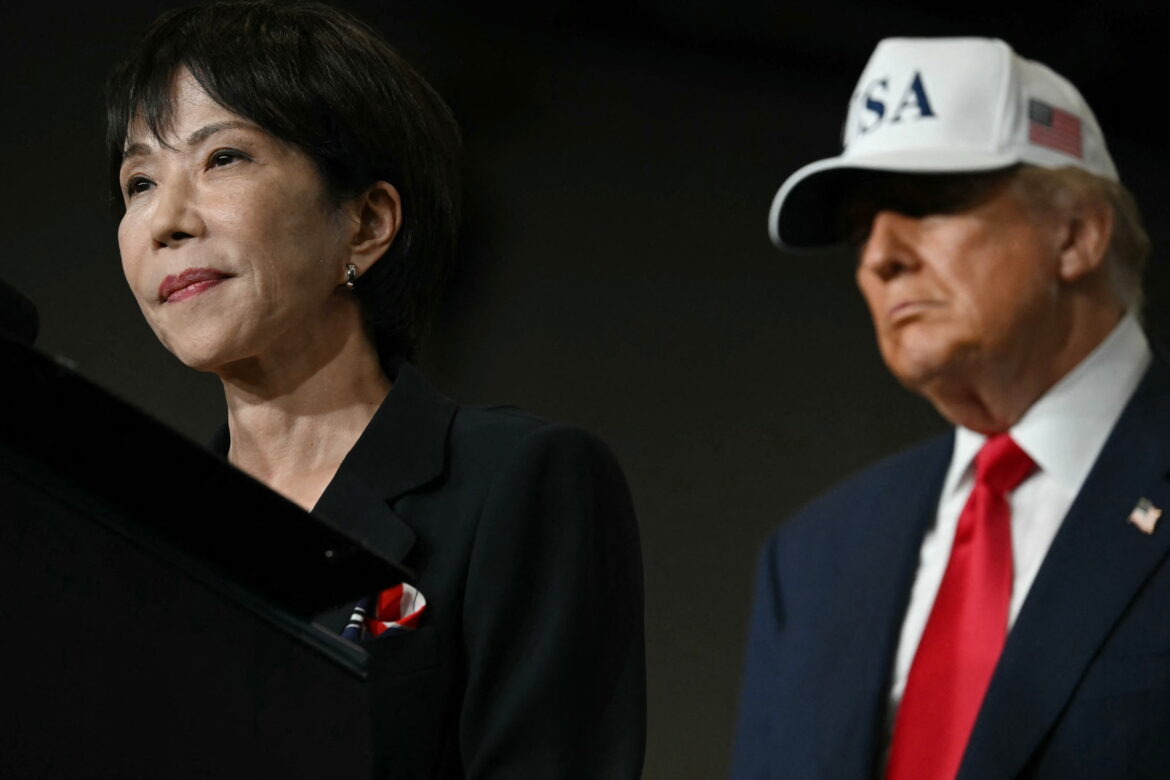“Ladies and gentlemen, Japan is back.”
So declared the late former Prime Minister of Japan Shinzo Abe in a speech to the Center for Strategic and International Studies in Washington, DC, in 2013.
Delivered shortly after his resounding return from the political wilderness, Abe’s catchphrase came to herald an unprecedented period of stability in 21st-century Japanese politics, and the country’s re-emergence as a proactive contributor to regional security. This included ambitious reforms to Japan’s national security architecture, including the creation of a National Security Council and the publication of a National Security Strategy.
Twelve years on, and “Japan is back” is back.
Long regarded as Abe’s heir apparent, Takaichi’s early priorities have many convinced that Japan is, once again, getting serious about regional balancing challenges in the Indo-Pacific.
More than simply playing to US President Donald Trump’s fond memories of Abe, the phrase captures a renewed optimism among Japan’s strategic policy community that the country’s new Prime Minister, Sanae Takaichi, will see Abe’s national security agenda fully realised.
Long regarded as Abe’s heir apparent, Takaichi’s early priorities have many convinced that Japan is, once again, getting serious about regional balancing challenges in the Indo-Pacific. She has already pledged to raise Japan’s defence spending to 2% of GDP two years ahead of schedule; ordered early revisions to Japan’s 2022 triumvirate of national strategic documents; proposed new counter-espionage legislation and the creation of a new central intelligence organisation; and directed significant changes to regulations governing Japan’s lethal arms exports.
Of course, Japan by no means stood still on strategic policy under Takaichi’s predecessors. In fact, it was a unique set of political and strategic circumstances that allowed more “dovish” leaders such as Yoshihide Suga, Fumio Kishida and Shigeru Ishiba to implement Abe’s national security agenda in a manner that he himself was unable to achieve. This included nearly doubling defence spending, acquiring long-range strike weapons, enacting difficult reforms to information and cybersecurity regulations, and outfitting Japan’s defence relationships with the United States, Australia and others to meet regional deterrence challenges.

Japan and the United States conduct a bilateral bomber integration exercise in the Sea of Japan (Japan Self-Defense Forces/Flickr)
However, this period also saw a significant weakening of the ruling Liberal Democratic Party’s (LDP) power base, due to voter dissatisfaction with the government’s economic management and a series of high-profile scandals. Beyond reviving the “revolving door” prime ministership after nearly eight years of stability, those trends culminated in heavy election losses in October 2024 and July 2025, which pushed the party into minority government. These developments had gradually sapped the ability of Abe’s successors to spend political capital on national security state-building priorities concurrently with domestic political and economic priorities, particularly once lower-hanging policy fruit had been exhausted.
It’s in that context that many hope Takaichi will restore both stability to Japan’s leadership and urgency to its national security policymaking.
Takaichi presides at a particularly dynamic moment in Japanese politics. Just days after she won the LDP’s presidential race, the LDP and its coalition partner Komeito ended their 26-year relationship, throwing her premiership into doubt. In its place, the party managed to strike a deal with the much more conservative Nippon Ishin no Kai – Japan Innovation Party (JIP) – that effectively paved Takaichi’s road to the prime ministership.
How this new arrangement affects national security policymaking remains to be seen. On the one hand, Komeito had been regarded as a handbrake on more ambitious reforms to Japan’s defence policies, and the apparent LDP-JIP consensus on national security matters is seen as a paradigm shift by many in Japan’s strategic policy community. On the other hand, the coalition agreement is already on shaky ground. For instance, though the text of the agreement reflects consensus on Japan’s national security agenda, it contains no apparent guarantee of confidence and supply, nor a commitment to the same electoral coordination as the LDP shared with Komeito. Actioning the JIP’s conditions for supporting Takaichi before the end of the calendar year will be no easy task, either.
There are strong indications that 2% has gone from being the ceiling for Japanese defence spending to its new floor.
In the long term, Takaichi will also need to cement a strong domestic power base to ensure her longevity in office. Strong earlypolling results have some in the LDP convinced that a snap election could see the party recover votes recently lost to other conservative parties. But others worry that calling an election too early could see the LDP lose even more ground without any tangible progress on major electoral issues, a list where defence and foreign policy does not rank especially highly. In that respect, Takaichi must be wary of leaning too heavily into national security priorities without similar progress on economic and political governance issues, much as Abe himself did during his first term.
Then there is the matter of increasing the defence budget. There are strong indications that 2% has gone from being the ceiling for Japanese defence spending to its new floor. The argument goes that more money is required not only to fund new initiatives – including acquiring nuclear-powered submarines – but to offset a decline in Japan’s purchasing power parity thanks to inflation and a weak yen.
Finding that money will be tricky. Japan’s 2022 strategy documents proposed reaching the 2% threshold through increasing consumption, corporate, and cigarette taxes from 2024 onwards, but both Kishida and Ishiba deferred these increases in the face of economic pressures. Whether or not those increases belatedly take effect in April 2026 will be an early test of political will. Indeed, polling has consistently shown that voters are simultaneously supportive of increasing defence spending and almost uniformly opposed to tax increases. Alternatively, Japan could issue more government bonds to cover higher defence costs, but how to balance the national debt against economic growth is shaping up as a headache both for Takaichi’s economic agenda and for managing the new governing coalition.
Evidently, Takaichi has a delicate political and fiscal tightrope to walk. The spirit of “Japan is back” may have well and truly returned, but emulating Abe’s political successes – let alone fully realising his national security legacy – is no small charge. As Abe said in 2013, “the road ahead is not short”.


AloJapan.com